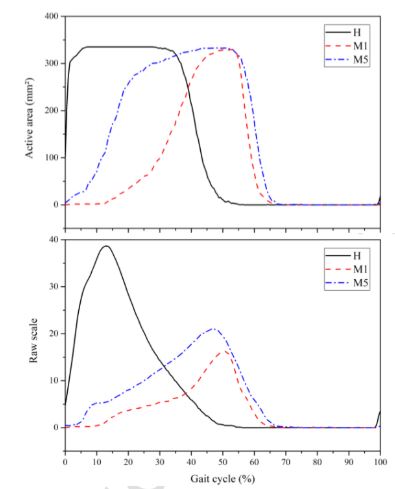C. M. Lara-Barrios; P. Catalfamo Formento; E. Muñoz Larrosa; A. Blanco-Ortega
IEEE Xplore
Abstract
Active lower limb assistive devices are intended to contribute to human movement activities such as locomotion.While some devices are capableto function among a variety of terrains (i.e. level surfaces, inclines, or stairs), wideinstrumentation sets (combining mechanical and bio-signal data) have been usually applied to minimize classification errors for locomotion mode recognition, even if this potentially bias user comfort. Hence, a selection of parameters for classification with limited sensor data could represent a milestone on the development of comfortable lower-limb assistive devices.
The objective of this study was to find the best combination of parameters for the offline classification of five locomotion modes based on data from discrete areas on a pressure insole. Three virtual force-sensing resistor sensors were located under heel and forefoot regions of six subjectswithout discernible gait abnormalities to study the potential of kineticsignals for locomotion-mode recognition. Parametric tests were used to compare the effect of two types of data, four time-windows and the combinations within five data features on the classification error of linear discriminant analysis classifiers for steady-state gait. Statistical comparisons were made using classification errors measured through five-fold cross-validation. Results showed that the best overall classifier had an average classification error of 7.85±4.76%.Our results were in close resemblance with
related studies which relied on larger sensor sets as their instrumentation strategies. This method presents an insight about the use of a reduced number of sensors for accurate locomotion mode classification on the development of comfortable lower limb assistive devices.

